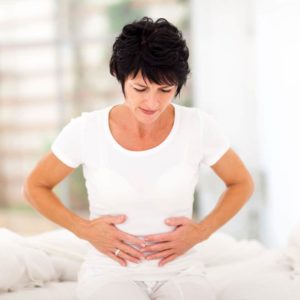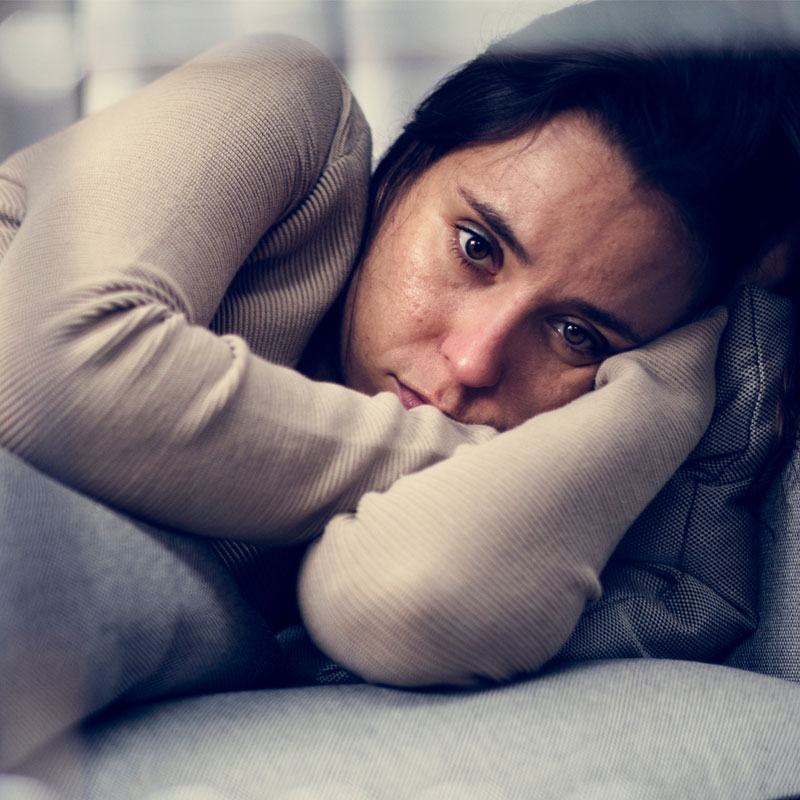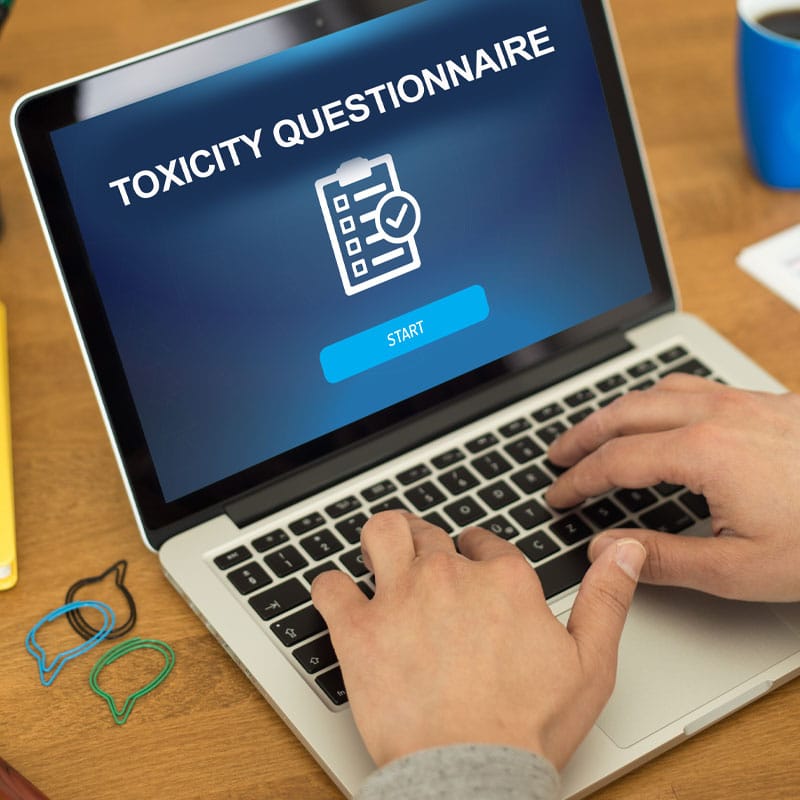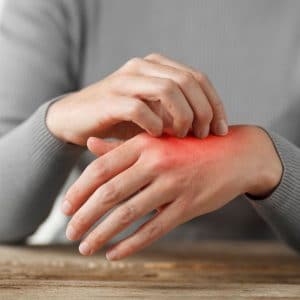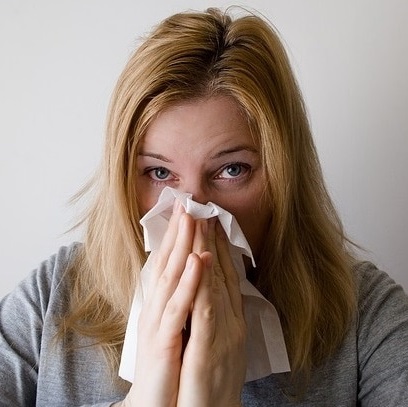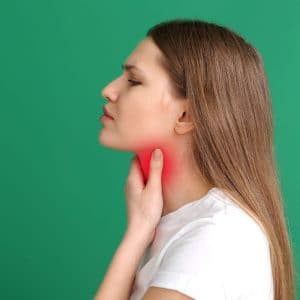CIRS, Biotoxin Illness, Mold Sensitivity Treatment
Mold Detox. Regain Your Health.
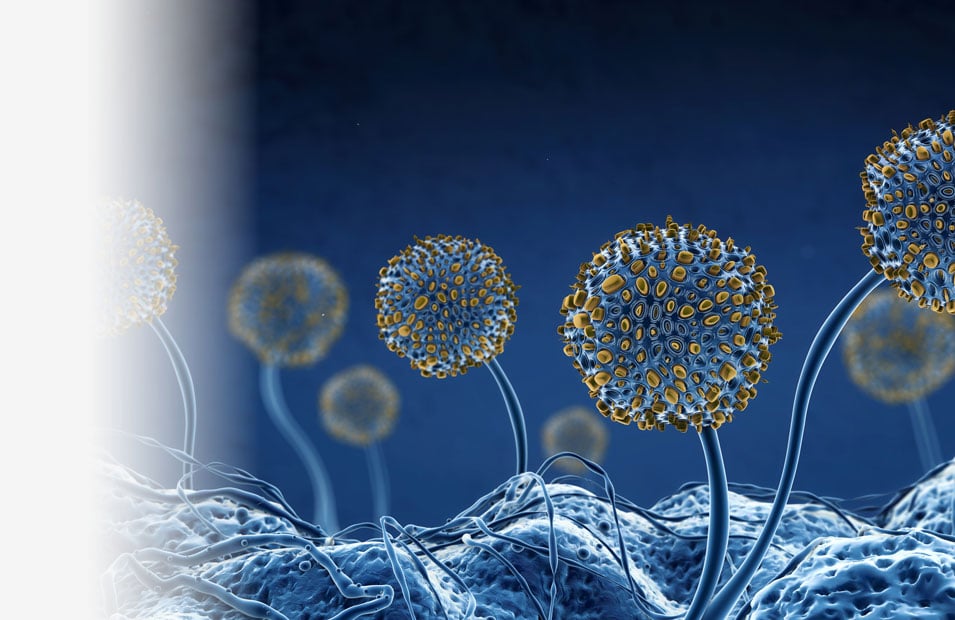
What is Mold Sensitivity?
Mold is a type of fungus that decomposes organic material, such as found in dust, dirt, wood, and paper. Mold exposure can cause a number of health problems. Mold sensitivity is referred to as chronic non-allergic response to mold exposure. CIRS or Chronic Inflammatory Response Syndrome is caused by exposure to mold and other biotoxin producers.
Mold is found in nature and is present both indoors and outdoors in great numbers. In order for mold to grow, it must have oxygen, a food source, moderate temperatures (between 40 and 100 degrees F) and most importantly moisture with humidity levels above 60%.
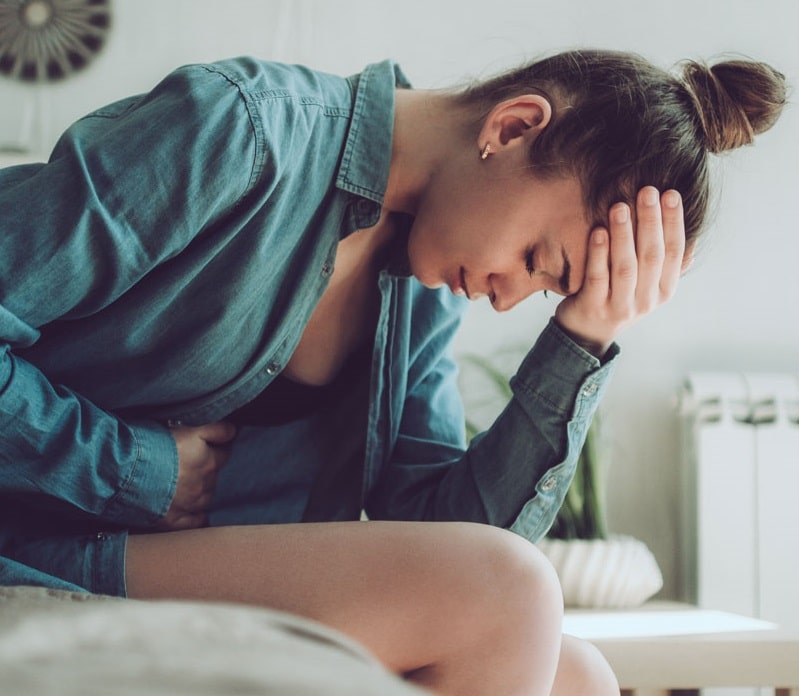
Ways to Reduce Mold Spores around you
Although it is almost impossible to keep mold spores out of your home, there are things you can do to decrease the number of those spores in your home.
- Using a dehumidifier is the best way to decrease the number of mold spores in your home.
- Use exhaust fans to vent steam in your kitchen and bathroom, and ensure your clothes dryer is vented to the outdoors.
- Roofs, windows, and plumbing pipes should be inspected for leaks and fixed. If any are found, they should be remedied quickly.
- Inspect areas under your sinks to ensure no dampness is found.
- If your HVAC system has been inactive during summer humidity, mold can grow in the dust in the ductwork.
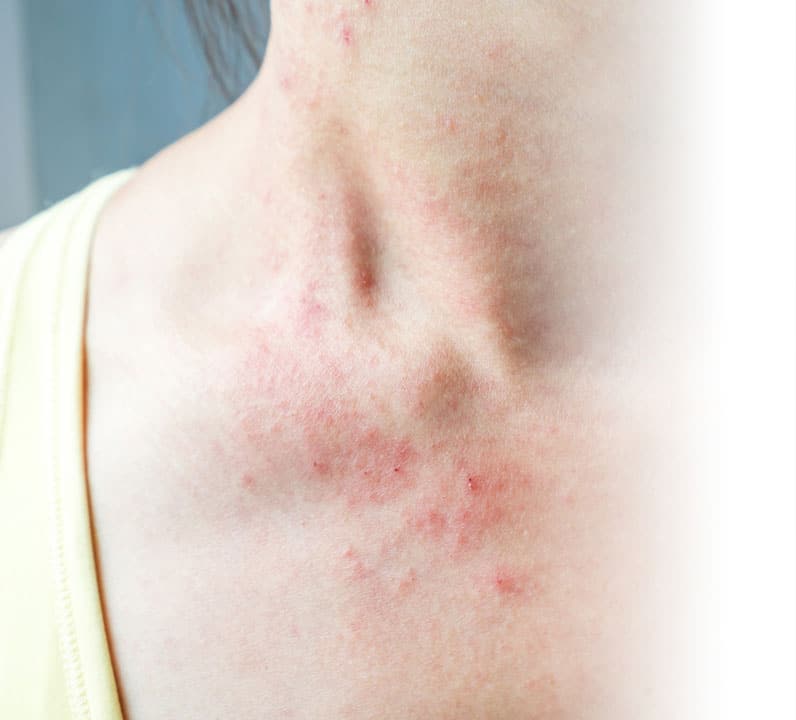
Symptoms of Mold Exposure
Those suffering with allergies, asthma, respiratory issues or with a weakened immune system are at an increased risk of CIRS or mold related illnesses. The following symptoms have been associated with biotoxin illnesses or mold toxicity:
- Skin irritations– rashes, itchy skin and redness
- Eye irritations- itchy eyes, watery eyes and red eyes
- Respiratory Disturbances- coughing, wheezing, asthma attacks and difficulty breathing
- Hay fever symptoms- sneezing, runny nose and nasal congestion
- Unexplained fatigue and Lethargy
- Memory loss
- Edema
- Inflammation
- Headaches
- Hoarseness and Sore throat
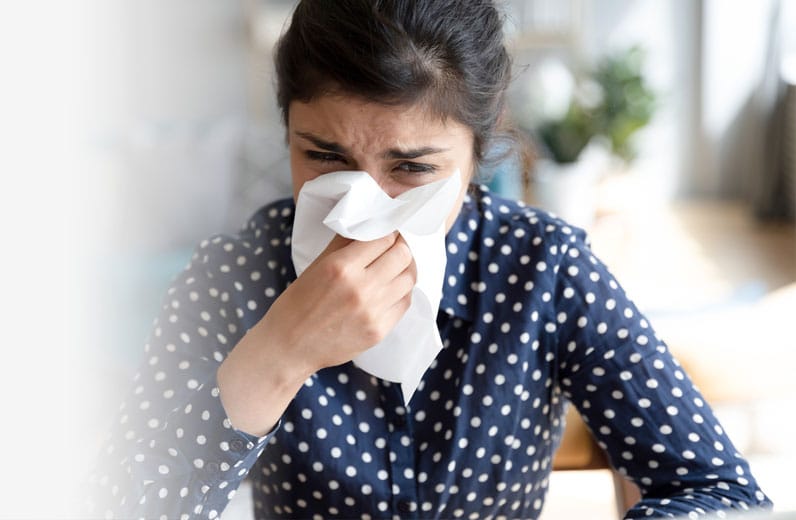
Causes of Mold Toxicity
Numerous factors can enhance your risk of developing a mold sensitivity. If you have a family history of allergies or asthma, you may be at an increased risk of developing the symptoms listed above. Taking an antihistamine may help alleviate some of those symptoms associated with mold toxicity.
Working or living in a place with high humidity can increase the risk of developing mold toxicity. Poor ventilation and damp areas can increase the risk of mold in your home or workplace. Installing ventilation fans and using a dehumidifier can help slow down the growth of mold spores.
Occupations such as carpentry, farming and winemaking can increase your exposure to mold. You can help lower your risk by utilizing proper ventilation procedures, taking a shower as soon as you finish your work and immediately laundering clothing to remove mold spores.
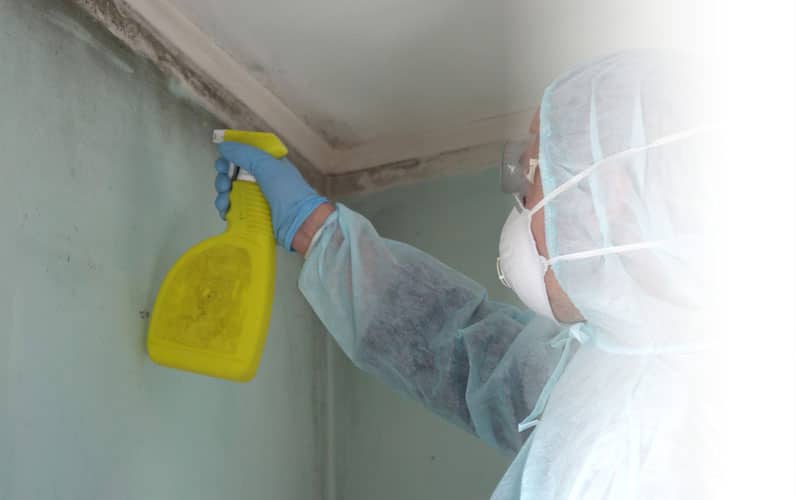
Eliminating Sources of Mold Exposure
Dealing with mold toxicity or CIRS treatment begins with removing mold infested areas from your environment. For example-
- Spray any mold with a bleach solution to reduce the mold spores.
- Roofs, windows, sheetrock, attic insulation, and plumbing pipes should be inspected for leaks and fixed immediately.
- Use adequate ventilation and ensure the humidity levels are below 60%. Using a dehumidifier can help to decrease the number of mold spores in your home.
- Use exhaust fans to vent steam in your kitchen and bathroom, and ensure your clothes dryer is vented to the outdoors.
- Ensure HVAC system and ductwork is free from mold.

Treatment Options
- Detoxification – While the offending mold is being removed, you will want to start healing your body. Detoxification programs use a variety of herbs, supplements, and food choices to restore the body’s natural process of clearing toxic chemicals, whether artificial or biological, from the organs and tissues throughout the body. Detoxification has three steps:
- Restoring the healthy function of the internal organs
- Moving the offending agents from the tissues where the body has stored them
- Transforming the toxins into a form whereby they can be eliminated from the body
- Acupuncture – Acupuncture is an East Asian approach to healing the body that is now an accepted medical treatment throughout the world. Thin sterile needles that are placed at particular locations on the body or ear can correct one’s nerve and electrical response system and alleviate pain, increase energy and improve immunity. This treatment can be very helpful for those suffering from headaches, fatigue, digestive disturbances, hormone imbalances, and allergies among the many symptoms of mold toxicity.
- Osteopathic Manual Therapy – Traditional osteopathic treatment is not just about loosening muscles and joints. The treatments also seek to restore the free flow of body liquids circulating in the blood, lymph, and spinal fluid. These fluids are where both healthy cells and chemicals move and where the toxic waste products and environmental toxins can get “stuck”. The osteopathic treatments can support moving toxins from the organs and tissue where they have been deposited.
- Diet and Lifestyle Changes – Recovering from a more long-term health problem such as CIRS/Biotoxin illness typically requires changes in diet, lifestyle, and emotional stress management to support a more vigorous recovery. Such programs are to be planned in consultation with your integrative medicine practitioner.

Treatment for Mold Illnesses
Mold toxicity occurs when mold accumulates in the body. This toxicity can affect multiple organs and systems in the body. Because of the myriad of symptoms, it can be difficult to receive an accurate diagnosis. Oftentimes mold toxicity is misdiagnosed as multiple sclerosis, chronic fatigue syndrome, irritable bowel syndrome, and fibromyalgia.
Our team of mold doctors and integrative practitioners can help you get to the bottom of your mysterious symptoms and offer proven therapies for mold treatment to help you regain your health and your life. The caring and compassionate staff integrates the latest conventional and complementary medicine discoveries. A personalized treatment plan will be created that may include dietary and lifestyle changes, supplementation, and integrative care solutions, such as a detoxification program, acupuncture, osteopathic care, and meditative practices.

Dealing with Biotoxin, CIRS or Mold Sensitivity?
A holistic treatment approach can help.


